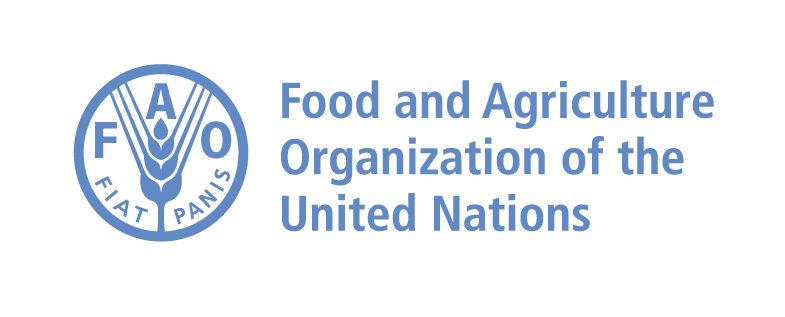Gender Indicators in Agricultural Statistics, Pilot Study 2016
Uganda, 2016
Get MicrodataIdentification
UGA_2016_GIAS_v01_M_v01_A_OCS
Gender Indicators in Agricultural Statistics, Pilot Study 2016
| Name | Country code |
|---|---|
| Uganda | UGA |
Agricultural survey [ag/oth]
Sample survey data [ssd]
Households
Scope
Two enumerators—one male and one female—interviewed the two respondents per household. The survey consists of a holding questionnaire and individual questionnaire. The holding questionnaire included a household roster, demographic questions, dwelling characteristics, and a plot rosters. For this part of the questionnaire, one enumerator interviewed the respondents in the same room and both enumerators recorded the information. This ensured that the household and plot rosters contained the same information for both respondents. The individual questionnaire consisted of decision-making questions on the parcel, plort, crop, and livestock activities as well as a 24 time diary. It was administered privately and in separate locations to ensure the respondents did not influence the responses of the other. Additionally, to minimize unobserved respondent biases of household members trying to coordinate responses once households become aware of the survey from the community, the teams were instructed to implement the survey swiftly in each neighbourhood area.
| Topic |
|---|
| Decision-making |
| Agriculture |
| Intrahousehold |
Coverage
Not representative
Producers and sponsors
| Name |
|---|
| Global Strategy for improving Agricultural and Rural Statistics (GSARS) |
| Name | Affiliation |
|---|---|
| Uganda Bureau of Statistics | Government of Uganda |
| Name |
|---|
| Global Strategy for improving Agricultural and Rural Statistics |
Sampling
The sample consisted of 512 agricultural households from 32 randomly selected enumeration areas (EAs) in the districts of Bukedea, Kamelia, Buikwe in the Eastern Region with 16 systematically selected households per EA. It is not representative at the district level as this was cost prohibitive and some EAs needed to be dropped from the population prior to EA selection. A complete listing of the selected EAs was done prior to the survey implementation and sampling. In 21 households, the surveys were not completed resulting in a non-response rate of four percent and a final sample of 491 with 169 households from Bukedea, 161 from Kamelia, and 161 from Buikwe. For 318 households, there were two respondents.
Response rate was 96%.
Data collection
| Start | End |
|---|---|
| 2016-06-01 | 2016-08-01 |
- Computer Assisted Personal Interview [capi]
Data processing
Variables with all missing observations were deleted.
Data Access
| Is signing of a confidentiality declaration required? | Confidentiality declaration text |
|---|---|
| yes | The users shall not take any action with the purpose of identifying any individual entity (i.e. person, household, enterprise, etc.) in the micro dataset(s). If such a disclosure is made inadvertently, no use will be made of the information, and it will be reported immediately to FAO. |
Micro datasets disseminated by FAO shall only be allowed for research and statistical purposes. Any user which requests access working for a commercial company will not be granted access to any micro dataset regardless of their specified purpose. Users requesting access to any datasets must agree to the following minimal conditions:
- The micro dataset will only be used for statistical and/or research purposes;
- Any results derived from the micro dataset will be used solely for reporting aggregated information, and not for any specific individual entities or data subjects;
- The users shall not take any action with the purpose of identifying any individual entity (i.e. person, household, enterprise, etc.) in the micro dataset(s). If such a disclosure is made inadvertently, no use will be made of the information, and it will be reported immediately to FAO;
- The micro dataset cannot be re-disseminated by users or shared with anyone other than the individuals that are granted access to the micro dataset by FAO.
GSARS, UBOS. (2016). Gender indicators in agricultural statistics: Uganda pilot study, 2016
Disclaimer and copyrights
The user of the data acknowledges that the original collector of the data, the authorized distributor of the data, and the relevant funding agency bear no responsibility for use of the data or for interpretations or inferences based upon such uses.
Contacts
| Name | |
|---|---|
| Marya Hillesland | hillesland.marya@gmail.com |
Metadata production
DDI_UGA_2016_GIAS_v01_M_v01_A_OCS
| Name | Affiliation | Role |
|---|---|---|
| Office of Chief Statistician | Food and Agriculture Organization | Metadata adapted for FAM |
| Marya Hillesland | Metadata producer | |
| Development Economics Data Group | The World Bank | Metadata adapted for World Bank Microdata Library |
2022-11-21
Metadata version
Version 01 (November 2022): This metadata was downloaded from the FAO website (https://microdata.fao.org/index.php/catalog) and it is identical to FAO version (UGA_2016_GIAS_v01_EN_M_v01_A_OCS). The following two metadata fields were edited - Document ID and Survey ID.
